Black Box [The Gift]: On Form and Function, 2018
Installation (Variable Dimensions): Card Box, Soil, Organic Matter (Kitchen Waste), Fungus, Worms and Other Beings.
Photography: Pigment ink on Cotton Paper, 61 cm x 51 cm (edition of 3 + 2AP)
Black Box [The Gift]: On Form and Function, 2018
Installation (Variable Dimensions): Card Box, Soil, Organic Matter (Kitchen Waste), Fungus, Worms and Other Beings.
Photography: Pigment ink on Cotton Paper, 61 cm x 51 cm (edition of 3 + 2AP)


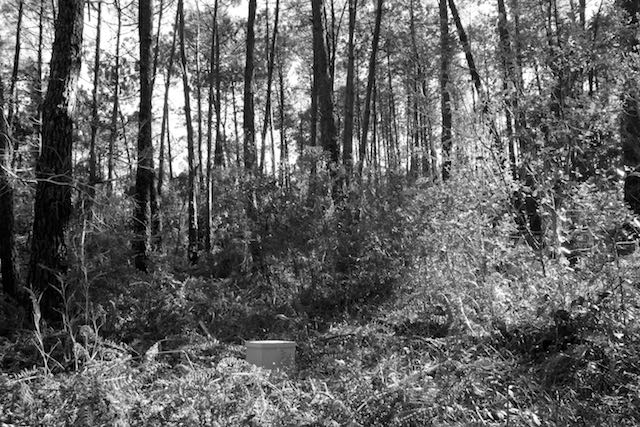
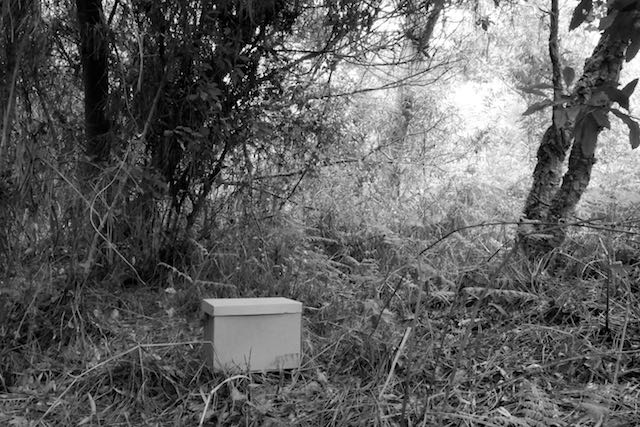
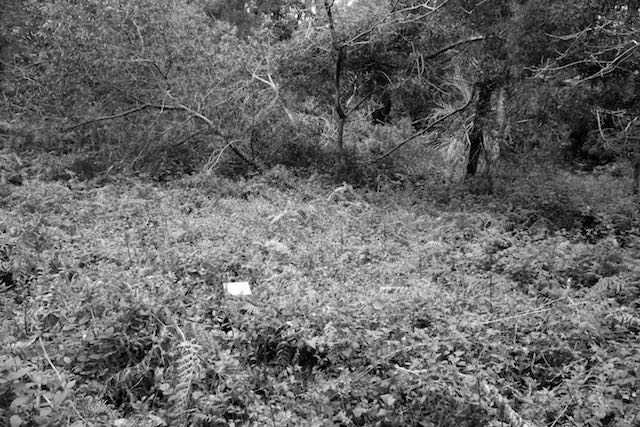
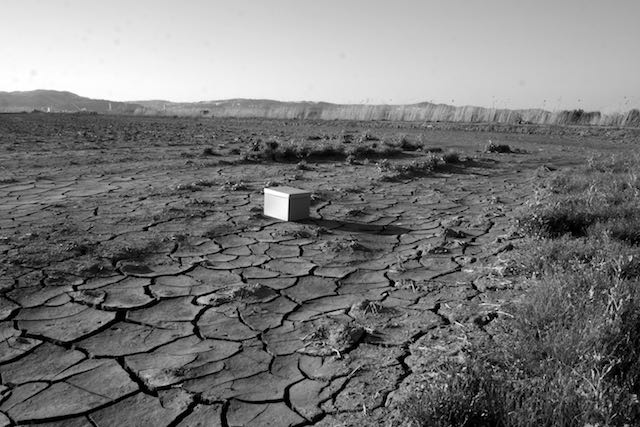
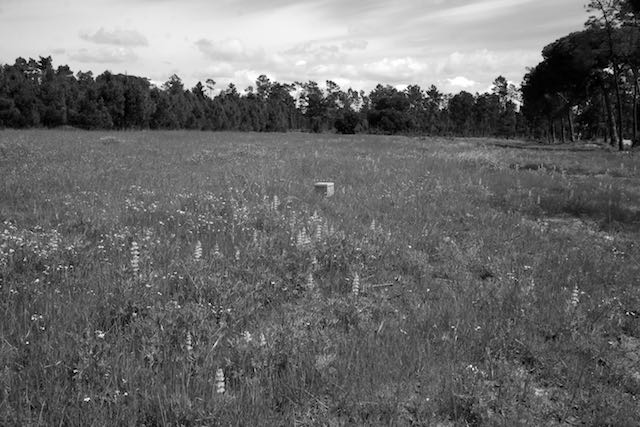
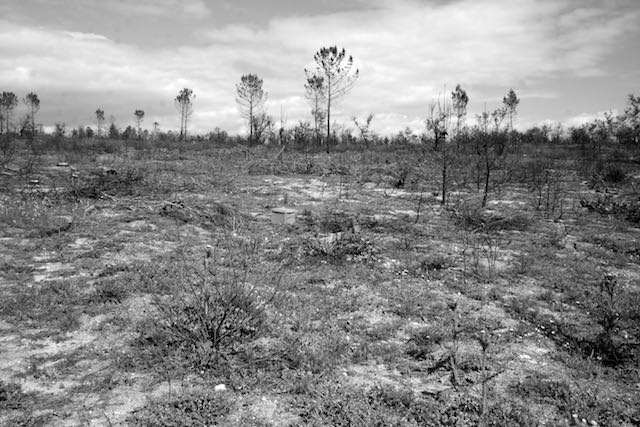
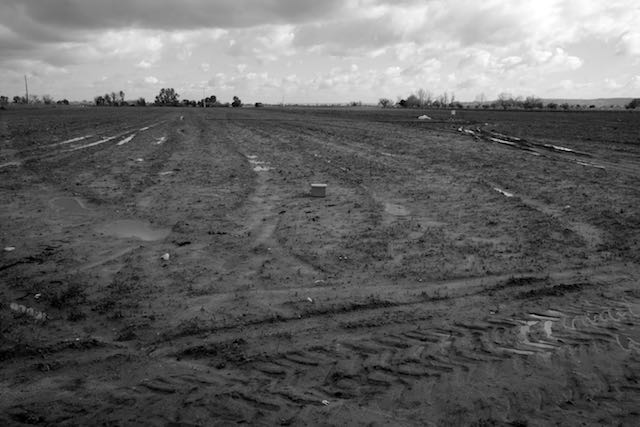
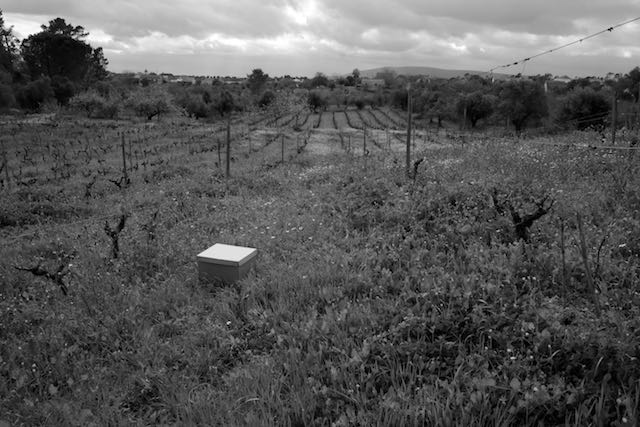
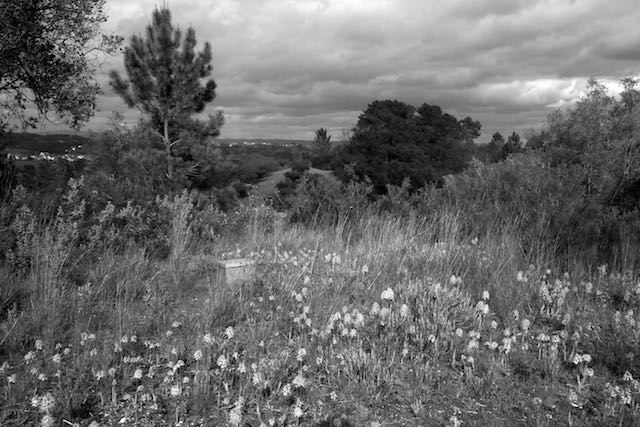
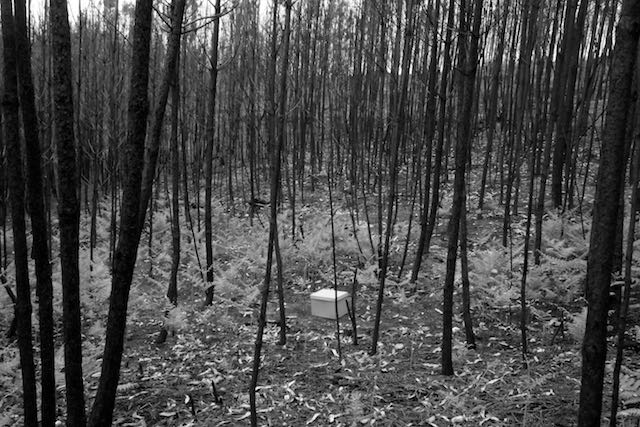
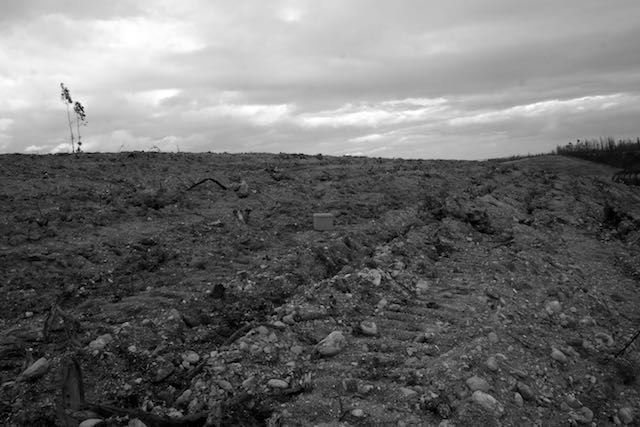
Black Box [The Gift]: On Form and Function
Over the course of the last 5 years, Miguel Santos has been developing a work of artistic research on the possibilities and implications of producing art for non-human beings, i.e. non-human animals, plants and fungi. In this process there is the element of field work, where the field acts as laboratory for experiments which involve installations done “in nature” and which, in one way or another, consciously try to relate to or to involve said beings. The artist documents this process through photography. However, it is important to highlight that this documentation is of the process, and not of the result (what is the result, anyway?). The photographs act as index of something that happened, which is still happening, and in their form they reflect their limitations as documents, but also the limitations of photography, and, by extension, of the human eye.
With the series Black Box [The Gift], Santos installed, in various locations in Portugal, closed cardboard boxes, all of the same size, each one filled with organic matter of different kinds. Therefore, in this way, the relationship between non-human beings was framed, by the intentionality of a human being, who, in his turn, consciously related to these non-human beings. It could, consequently, be said that, this process of relating (complex, inter- and intra-species, and of multiple scales and perspectives) was proposed by the artist as object of analysis. This could be the case, but only so far, since, paradoxically, the proposal also contains within it the limitations of the act of observation.
Therefore, the framing - by the shape of the box and by the photograph - contains, simultaneously limiting and opening to endless possibilities. We see outside the box, but not in it; we see inside the frame of the photograph, but not outside it. In its form and title, this series reminds us of other black boxes, of planes, Schrödinger’s, and Pandora’s. In all these cases, what the boxes contain exactly is unknown to us, and yet we know that the content is complex and contradictory, and that, at least until we open the boxes, it has several possibilities. Amongst these is the possibility of the contents being altered or destabilised through the act of observation.
All these characteristics remind us of another black box, also highly complex, contradictory and open to multiple possibilities: the mind. In this case it won’t be difficult to associate the grey and humid matter of the latter to the organic matter contained within Santos’s boxes, both constantly active. But equally rich and difficult to know is the cognition (mind or otherwise) of non-human beings, and this is also what the artist is proposing, by consciously trying to relate with these beings, without ever really knowing what will result from it.
By not knowing the mind of beings that aren’t us we might have the tendency to relate to these beings as “other”, and therefore, and sometimes, consider them less than us. With this is mind, it might be relevant to note here that what Santos has chosen to frame in his photographs is not only boxes, but also a wider view, as each photograph considers the landscape into which the boxes are placed. What matters is not only what is inside the box, but also what is outside it, the box becoming a microcosm of the wider environment surrounding it, one inevitably influencing the other. We humans are also part of this environment, even though it may not appear like it.
Given that a great deal of this work by Santos is about this relationship, and about the process of interaction between the various elements that form this landscape, the artist also brings the black box to the gallery, turning the gallery into a conscious field of relations and experiments, and also a kind of laboratory, recreating the spirit with which he installed the boxes seen in the photographs, i.e. as gift.
With this gift, the artist’s intention is to “give something back”, to non-human beings, to nature, and to the public. The act of giving, like the act of buying and selling, is a microcosmic act, in the sense that it can reflect the macro relationships that predominate at an economic, political, and social level, etc. However, unlike the purchase or sale, or even the exchange, which are all transactions between distinct entities in which each one cedes something to receive something else back immediately or soon after, the gift as a microcosmic act creates the macrocosm, or even more simply, the cosmos to the extent that it does not involve entities in a formal and finite relationship, but in one that is more dynamic and less structured, with longer lasting ties. In addition to this, as proposed by Marcel Mauss, in one way or another, sooner or later, and by a myriad of possible channels, the gift will return to the person who made it. In this way, the gift creates a cosmos, one in which I and the “other” are part of the same continuum, any distinction between the two entities ceasing to have any value.
With time, the organic matter in Santos’s boxes will decompose, transforming into compost, into humus, also a continuum, becoming indistinguishable from the environment to which it was offered. This mysterious gift, so well wrapped up, thereby takes on the form of its function, both at a micro and a macro level.
Eva Oddo, 2018
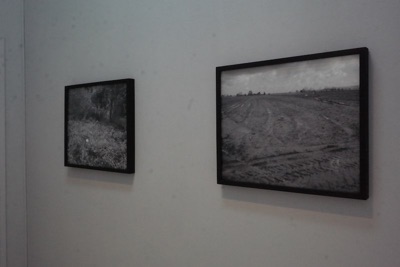
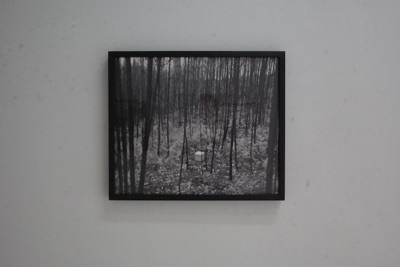
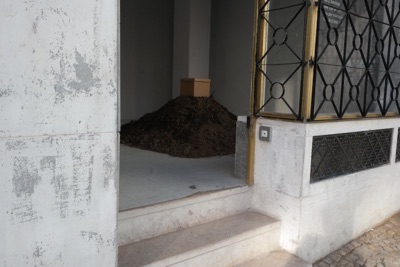
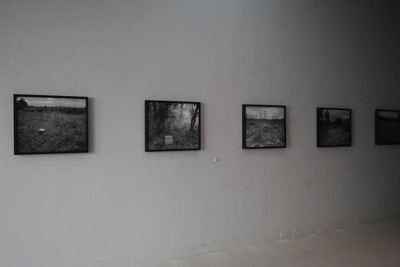
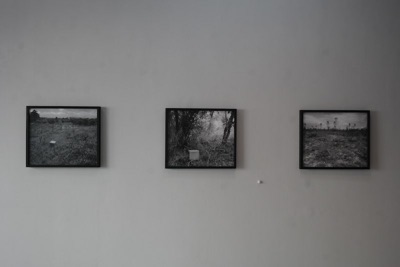
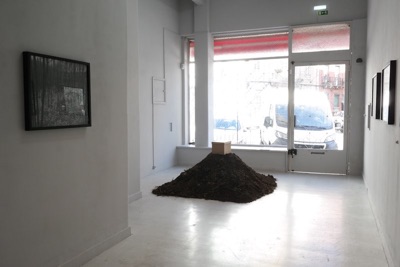
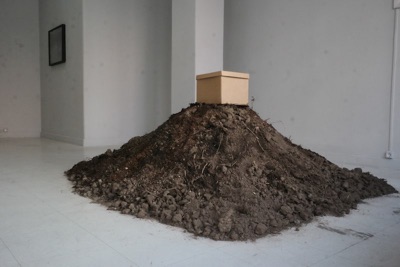
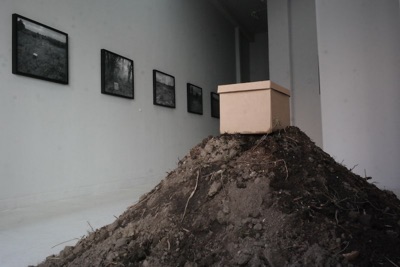
© Miguel Santos | The copyright for any material in this website is reserved.